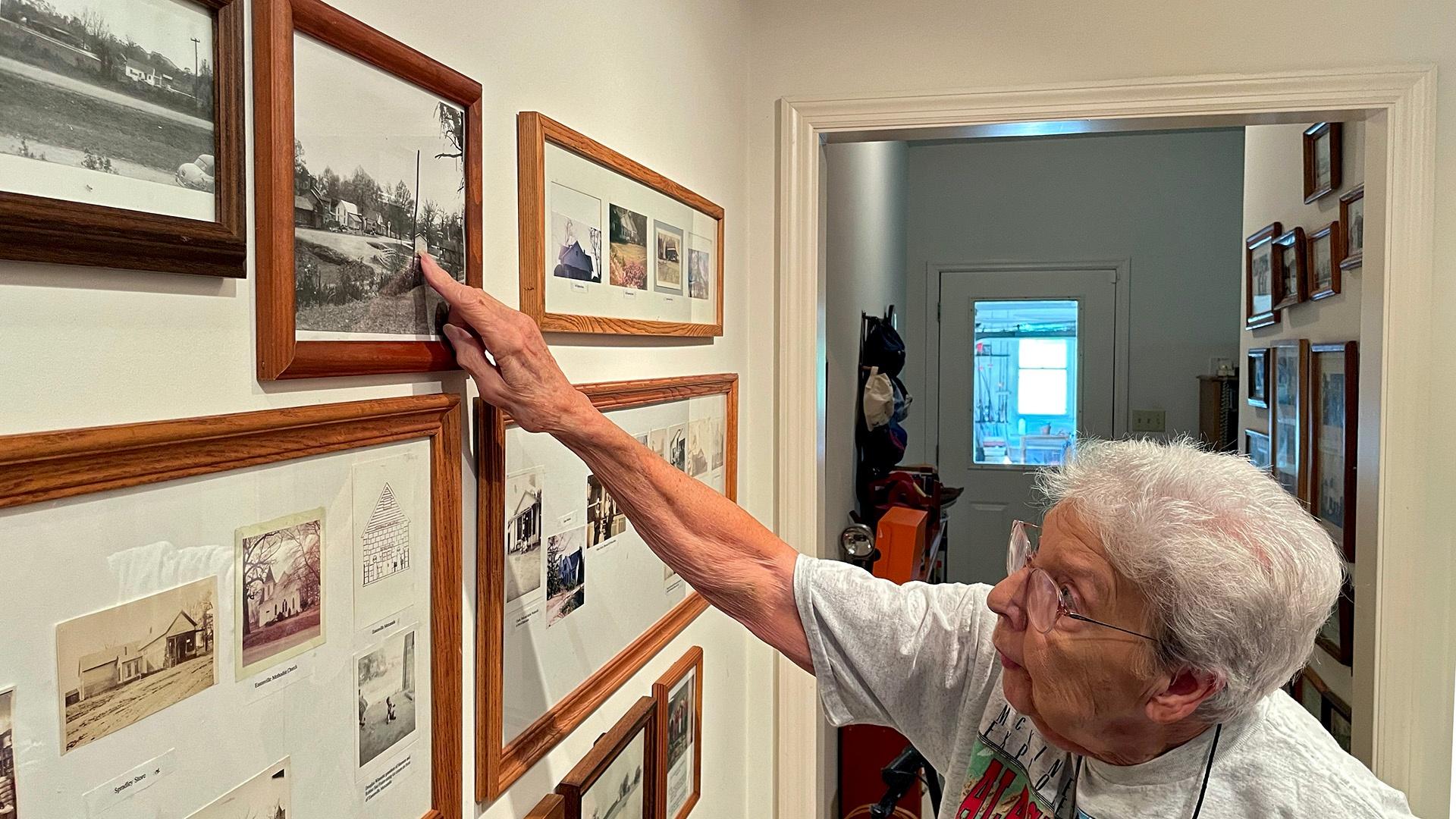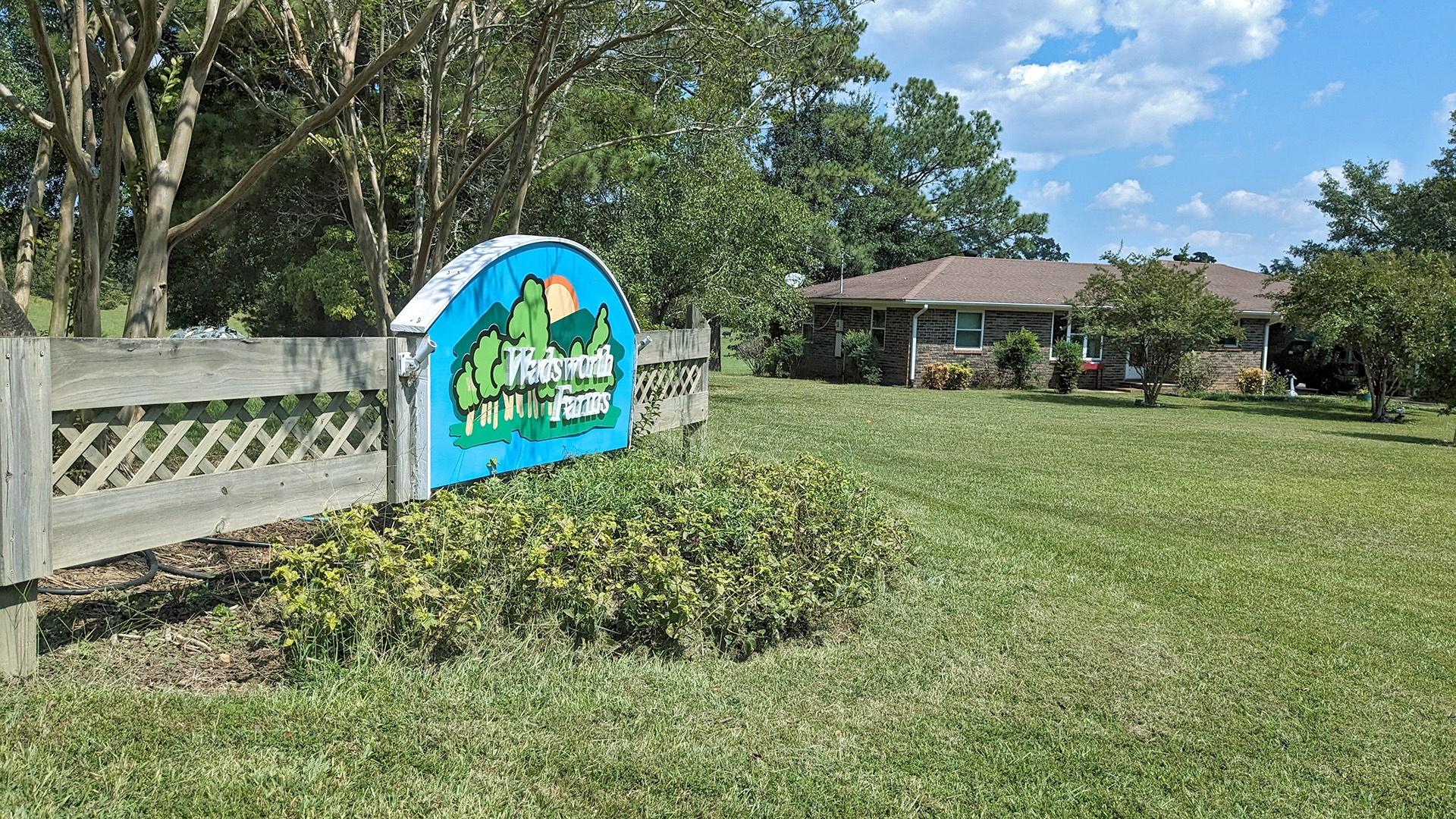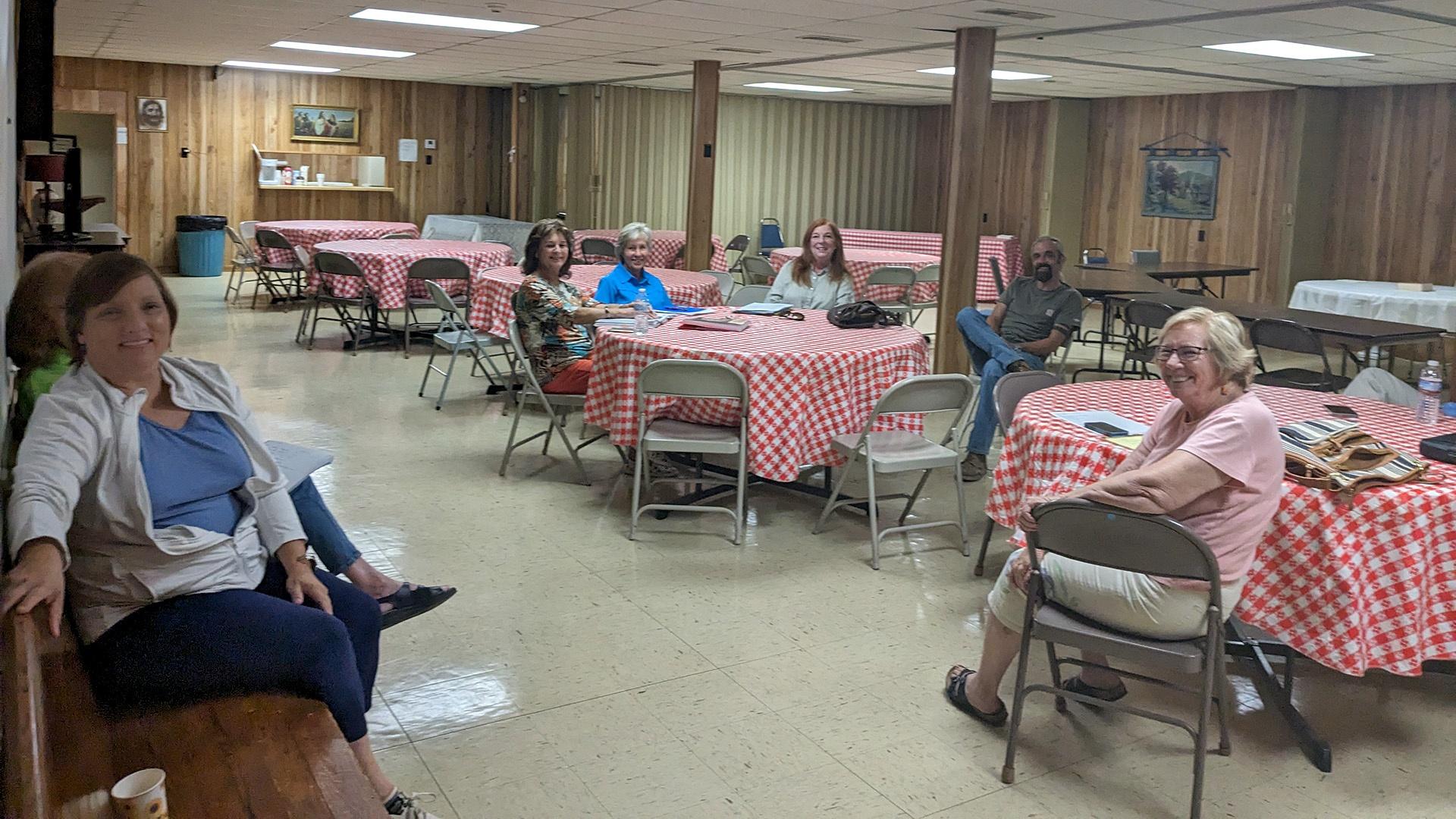Sixty years after the creation of the Logan Martin Dam, residents near an Alabama mountain less than an hour away from what remains of Easonville faced the same threat in the name of progress. Except this time, the residents won.
In April 2023, Alabama Power announced plans for a new hydropower project that, like Easonville, promised to be a green energy source. But also like Easonville, the Chandler Mountain Project — named after the area it would be built over — would displace residents off their land in St. Clair and Etowah counties.
“We were losing homes, we were losing farmland, we were losing crops, animals,” Memory Gleason, of Steele, Alabama, said. “Some people have chicken farms and they would have lost their livelihood. We’d have lost everything.”
When the dam that drowned Easonville was built, there were very few environmental laws on the books that would have given ordinary people the opportunity to weigh in on a project like the Chandler Mountain Project.
But in 1970, The National Environmental Policy Act (NEPA) was passed, requiring federal agencies to consider the environmental, economic and social impacts of their proposed actions. The act also made it a requirement to give the public a chance to review and comment on any proposal.
Chandler Mountain residents, like Mark Smith, used NEPA to their advantage to voice their disapproval of the project. Residents were almost immediately concerned about the impact the project would have on endangered species, damage to the mountain and the drowning of important cultural heritage sites.
They made the fight official by forming Save Chandler Mountain, a citizen group, as a way to organize against the project.
“We shouldn’t be destroying our environment in the name of saving our environment,” Smith said.
Charles Abercrombie, a resident whose family has lived in the area since the late 1800s, said this wasn’t the first time his community had faced this kind of threat.
Alabama Power attempted a similar project in the area in the 1980s, going as far as telling residents they had purchased land to build a reservoir that would flood them out, and they would have to move. But a group of organizers, including Abercombie’s mother, fought the project off.
When the new project around Chandler Mountain was announced, Abercrombie was ready. The community got a redacted archeological report from Alabama Power showing potential historical sites. Residents packed community meetings and pressured politicians, such as Alabama Public Service Commission President Twinkle Andress Cavanaugh, to voice opposition to the dam project.
Their tactics were successful. In August, Alabama Power announced it would no longer seek a license for the project after all.
“Because this is a smaller community and a lesser known place, they expected that there wouldn’t be much pushback to this,” Smith said. “They were wrong.”
After the win, the community organizers are making Save Chandler Mountain an official nonprofit to continue their fight to protect the area.
But while Chandler Mountain managed to avoid Easonville’s fate, many residents, like Fran Summerlin, still sympathize with the drowned town, preserved only in memory, and the residents fighting their own battle to keep its name alive.
“I wonder if that community fought it or if they just gave up,” Summerlin said. “Because you cannot believe how many people told us, ‘There’s no fighting it. There’s no hope.’”








